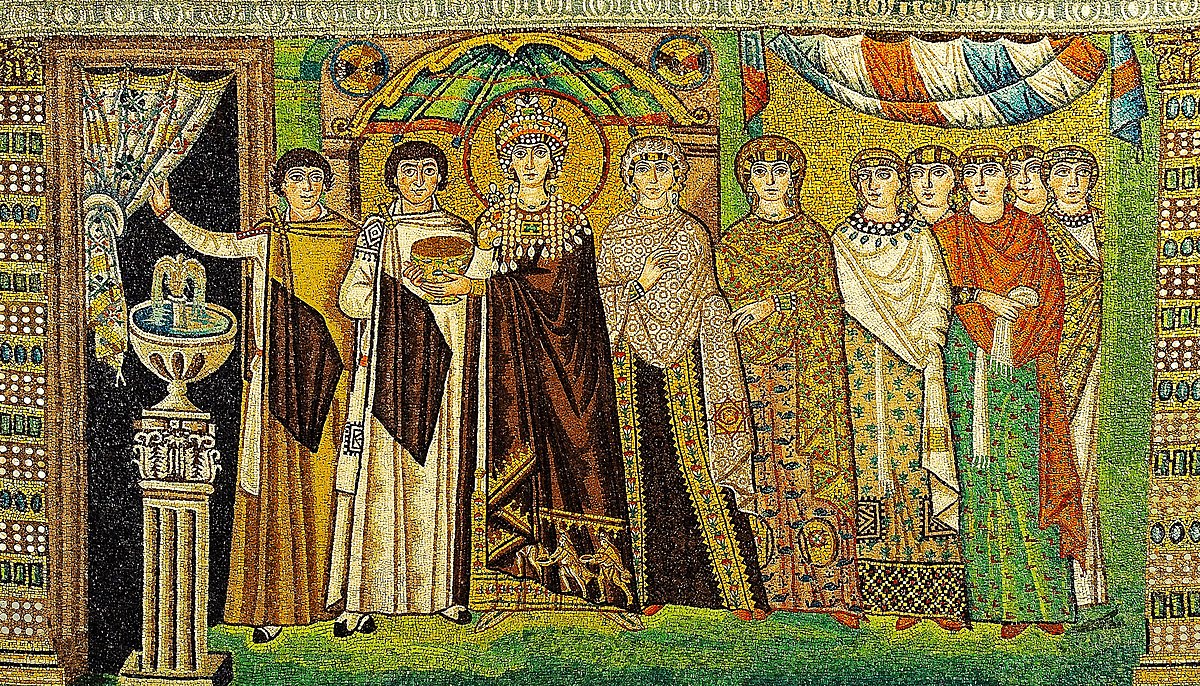
Byzantine Greece
İstanbul, TurkeyThe division of the empire into East and West and the subsequent collapse of the Western Roman Empire were developments that constantly accentuated the position of the Greeks in the empire and eventually allowed them to become identified with it altogether. The leading role of Constantinople began when Constantine the Great turned Byzantium into the new capital of the Roman Empire, from then on to be known as Constantinople, placing the city at the center of Hellenism, a beacon for the Greeks that lasted to the modern era.
The figures of Constantine the Great and Justinian dominated during 324–610. Assimilating the Roman tradition, the emperors sought to offer the basis for later developments and for the formation of the Byzantine Empire. Efforts to secure the borders of the Empire and to restore the Roman territories marked the early centuries. At the same time, the definitive formation and establishment of the Orthodox doctrine, but also a series of conflicts resulting from heresies that developed within the boundaries of the empire, marked the early period of Byzantine history.
In the first period of the middle Byzantine era (610–867), the empire was attacked both by old enemies (Persians, Lombards, Avars and Slavs) as well as by new ones, appearing for the first time in history (Arabs, Bulgars). The main characteristic of this period was that the enemy attacks were not localized to the border areas of the state but they were extended deep beyond, even threatening the capital itself.
The attacks of the Slavs lost their periodical and temporary character and became permanent settlements that transformed into new states, initially hostile to Constantinople until their christianization. Those states were referred to by the Byzantines as Sclavinias.
From the late 8th century, the Empire began to recover from the devastating impact of successive invasions, and the reconquest of the Greek peninsula began. Greeks from Sicily and Asia Minor were brought in as settlers. The Slavs were either driven out to Asia Minor or assimilated and the Sclavinias were eliminated. By the middle of the 9th century, Greece was Byzantine again, and the cities began to recover due to improved security and the restoration of effective central control.
